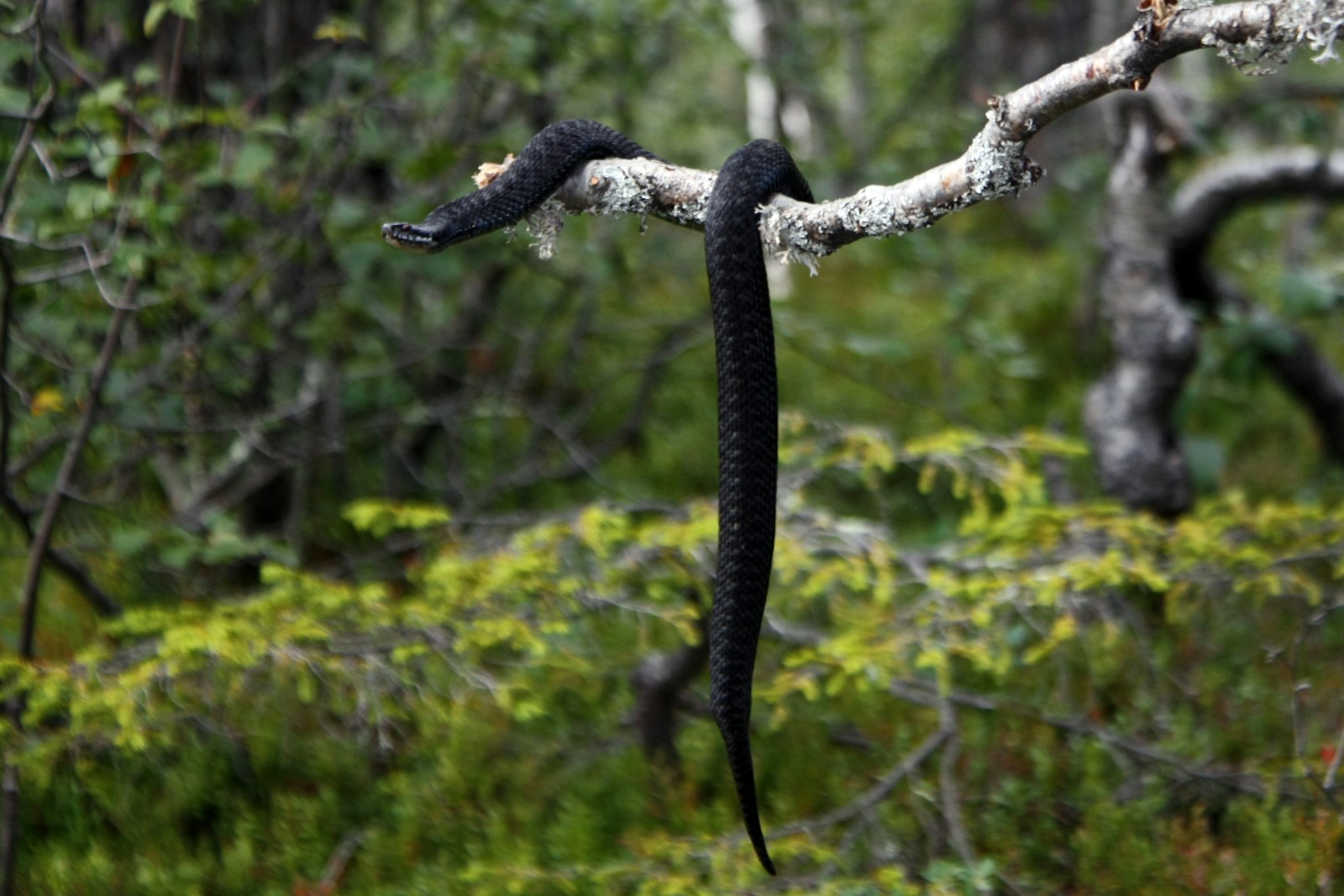After a snake consumes a substantial meal, fascinating physiological changes occur throughout its body, including noticeable alterations to its coloration. This remarkable phenomenon is not just a curious visual spectacle but serves important biological functions that have evolved over millions of years. From subtle shifts in pattern intensity to dramatic color transformations, these changes offer a window into the complex biology of these remarkable reptiles. Understanding how and why snakes undergo these color alterations can provide valuable insights into their digestive processes, thermoregulation mechanisms, and evolutionary adaptations.
The Biology Behind Post-Meal Color Changes
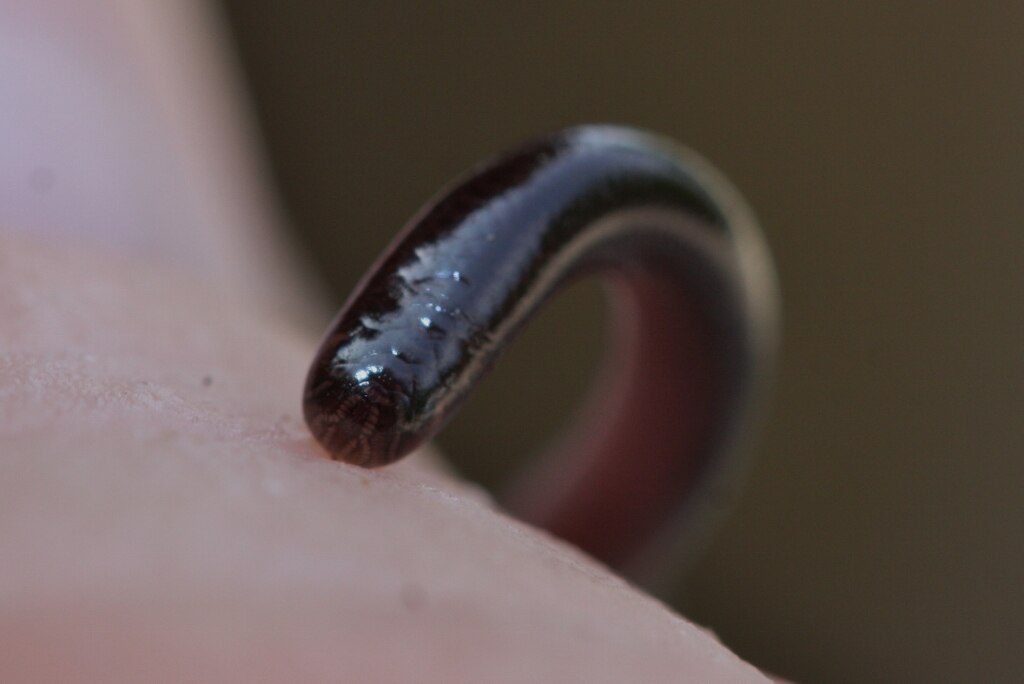
When a snake consumes a large meal, its body undergoes numerous physiological alterations to accommodate and process the food. The digestive system kicks into high gear, with increased blood flow to the stomach and intestines to support the breakdown of prey. This redirected blood flow can cause visible changes in a snake’s external appearance, including shifts in color intensity and pattern definition. Hormonal changes triggered by feeding also influence pigment cells in the skin called chromatophores, which can expand or contract to reveal different colors. These biological mechanisms work in concert to produce the sometimes dramatic color transformations observed after feeding, demonstrating the interconnected nature of a snake’s digestive and integumentary systems.
Darkening Effect in Many Species
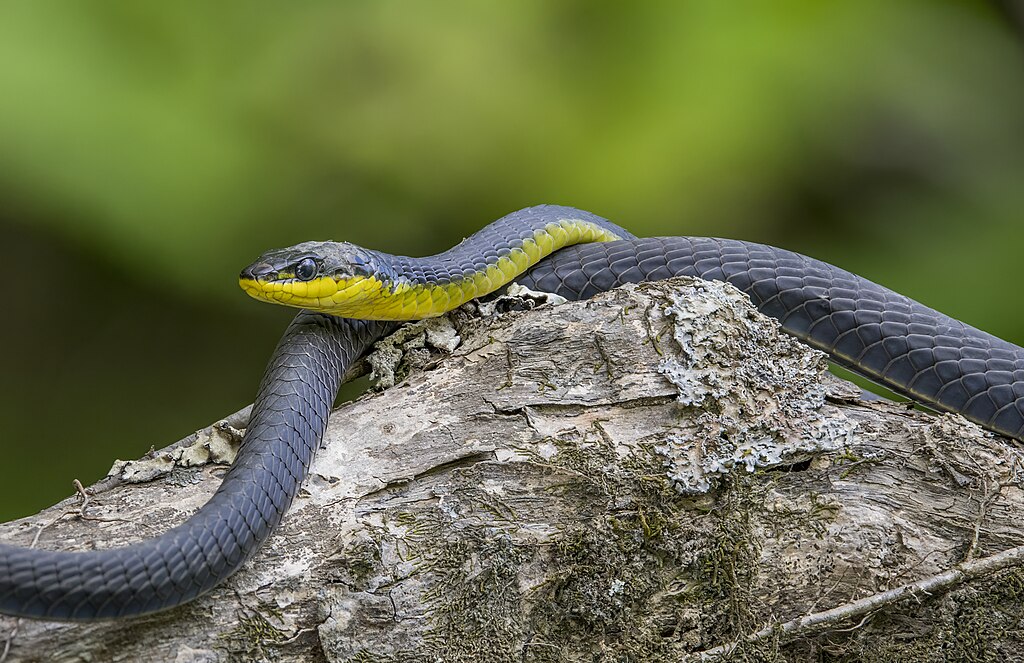
One of the most common color changes observed in snakes after a large meal is a general darkening of their overall coloration. Species like ball pythons, boa constrictors, and various colubrids often exhibit a more intense, darker version of their normal patterns within hours of consuming prey. This darkening effect is particularly noticeable in snakes with lighter base colors or distinct patterns, as the contrast becomes more pronounced. The phenomenon occurs because blood is diverted to the digestive tract, causing the snake’s chromatophores to react and darken. This visual change can persist for several days, gradually returning to the snake’s baseline coloration as digestion progresses and completes.
Iridescence and Glossiness Increases
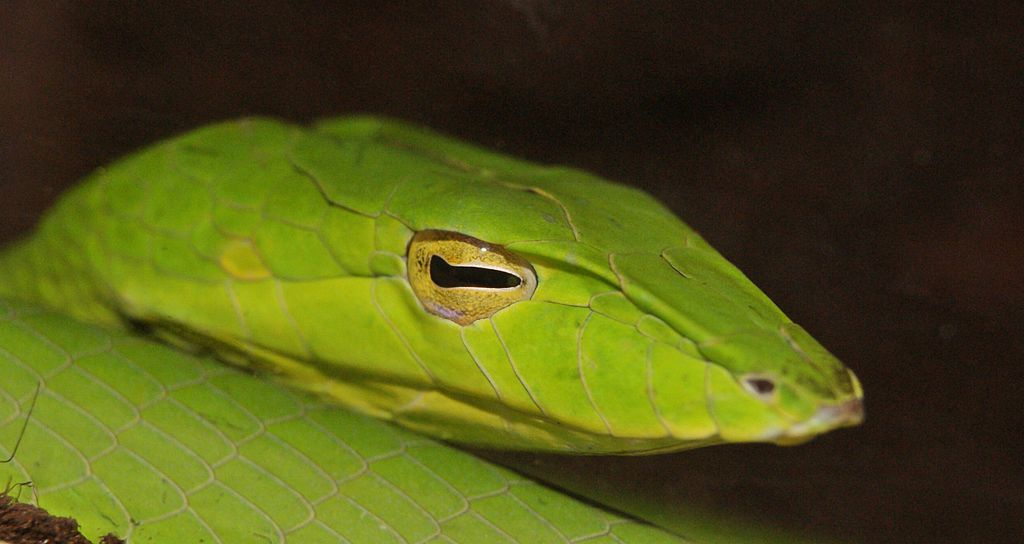
Many snake enthusiasts and herpetologists note that after a substantial meal, certain species display enhanced iridescence and a more glossy appearance to their scales. This effect is particularly striking in species already known for their iridescent qualities, such as rainbow boas and certain python species. The increased blood flow throughout the body and the stretching of skin between scales can enhance light refraction, creating a more vibrant, shimmering appearance. Additionally, hormonal changes triggered by feeding may affect the structural components of the snake’s scales that create iridescence. This temporary boost in visual splendor typically lasts for the duration of the active digestive process, which can range from several days to more than a week depending on meal size and environmental conditions.
Pattern Intensity and Definition
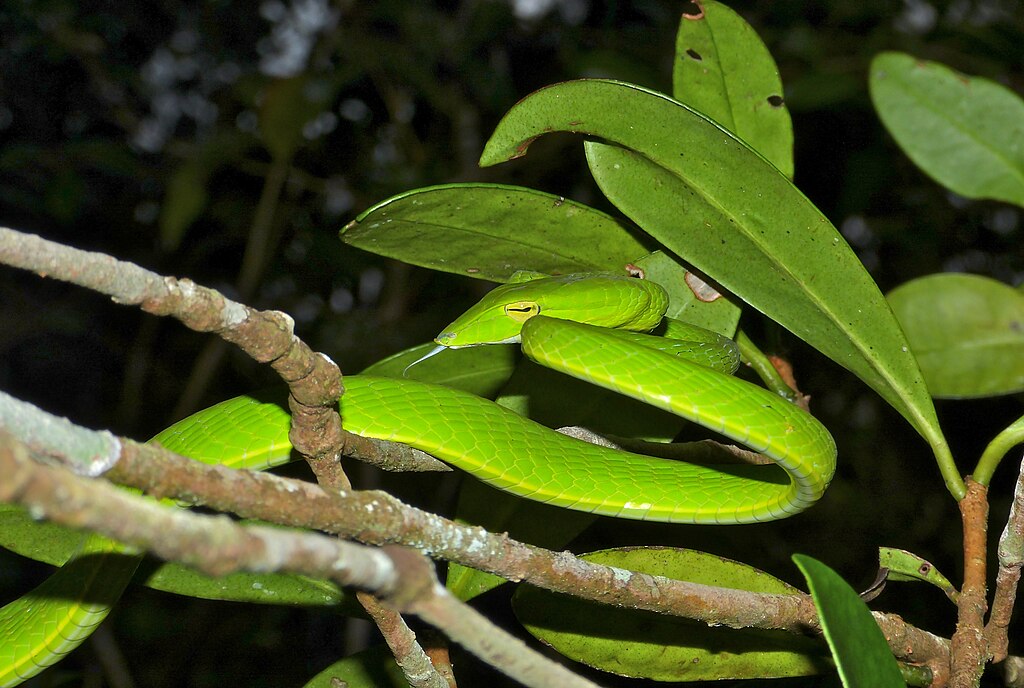
The intricate patterns that adorn many snake species often become more defined and intense after a large feeding. Snakes with complex markings, such as ball pythons with their distinctive “alien head” patterns or the geometric designs of gaboon vipers, may exhibit sharper contrasts between light and dark areas. This enhanced pattern definition results from changes in blood flow that affect different chromatophore cells at varying depths within the skin. The stretched skin caused by the prey bulge can also contribute to pattern alterations by changing how light interacts with the snake’s scales. For some species, this heightened pattern intensity serves as a visual indicator of their post-fed state, potentially signaling to other animals that the snake is temporarily less mobile and focused on digestion rather than hunting.
Thermoregulatory Advantages
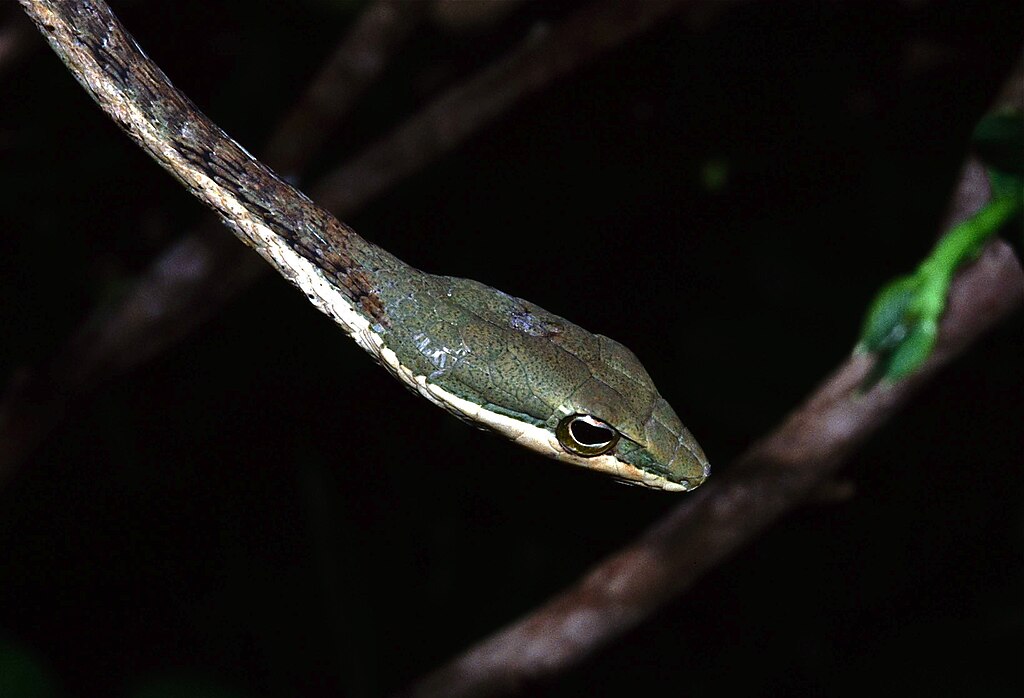
The color changes that occur after feeding offer important thermoregulatory benefits to snakes. Darker coloration absorbs more heat from the environment, which is crucial for ectothermic reptiles that rely on external heat sources to regulate their body temperature. This increased heat absorption efficiency helps accelerate the digestive process, as higher body temperatures enable more effective enzyme activity for breaking down prey. Some studies suggest that post-meal darkening allows snakes to maintain optimal digestive temperatures while minimizing exposure to predators during their vulnerable digestion period. This adaptation represents an elegant solution to the competing demands of effective digestion and predator avoidance, demonstrating how color changes serve multiple survival functions beyond mere appearance.
Species-Specific Variations
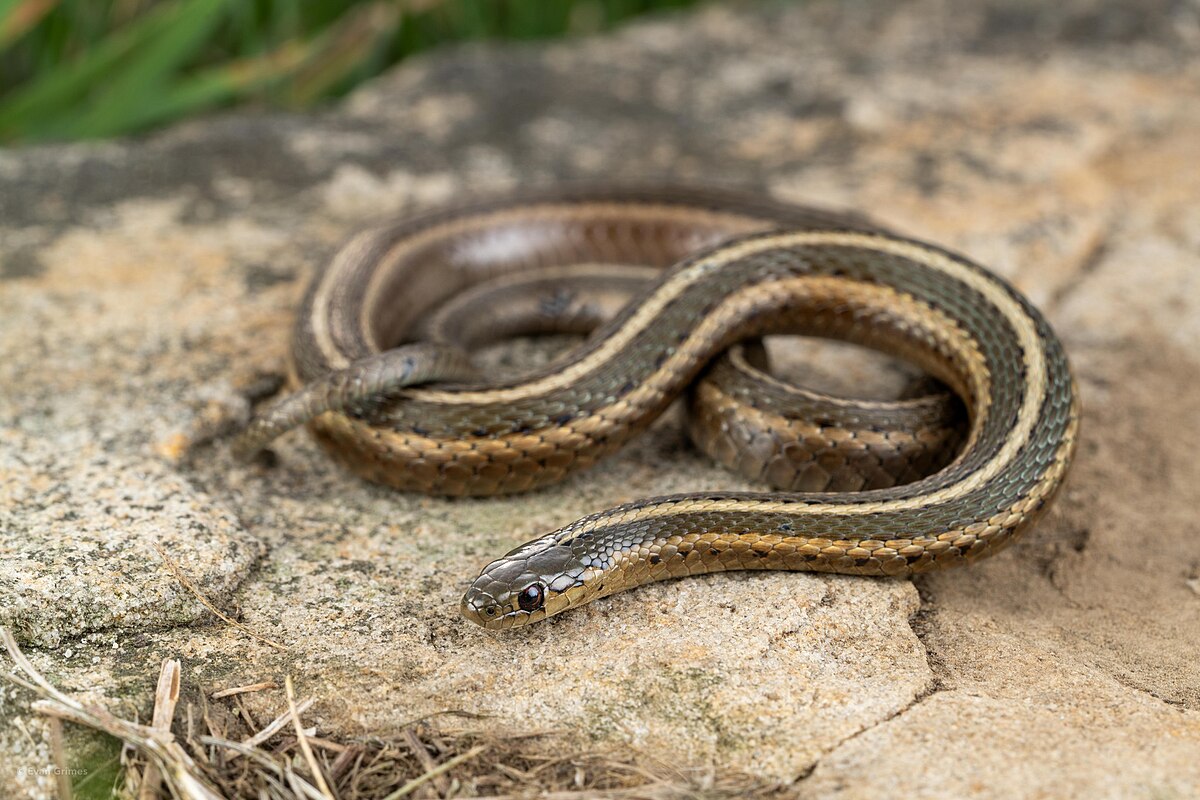
The extent and nature of coloration changes after feeding vary considerably among snake species, reflecting their diverse evolutionary histories and ecological niches. Arboreal species like emerald tree boas may show subtler changes than ground-dwelling pythons, potentially relating to differences in predation pressure and thermoregulatory needs. Desert-dwelling species often exhibit more dramatic darkening to maximize heat absorption during cooler periods when they might digest meals. Some water snakes display unique color shifts that may help them blend into different aquatic environments while they recover from feeding. These species-specific variations highlight how post-meal color changes have evolved to suit particular environmental challenges and lifestyle requirements, demonstrating the remarkable adaptability of snakes across diverse habitats.
Temporal Patterns of Color Change

The timeline of coloration changes follows a predictable pattern that correlates with the snake’s digestive process. Initial changes typically begin within hours of consuming prey, with maximum coloration intensity usually occurring 24-48 hours after feeding when digestive activity peaks. This intensified coloration gradually returns to normal over a period of days to weeks, depending on the size of the meal and the species of snake. For instance, a ball python that has consumed a large rat might display darkened coloration for up to two weeks, while a corn snake that has eaten a small mouse may return to normal coloration within 3-5 days. These temporal patterns provide observant keepers with visual cues about their snake’s digestive progress, offering a non-invasive way to monitor the animal’s physiological state.
Relationship to Prey Size
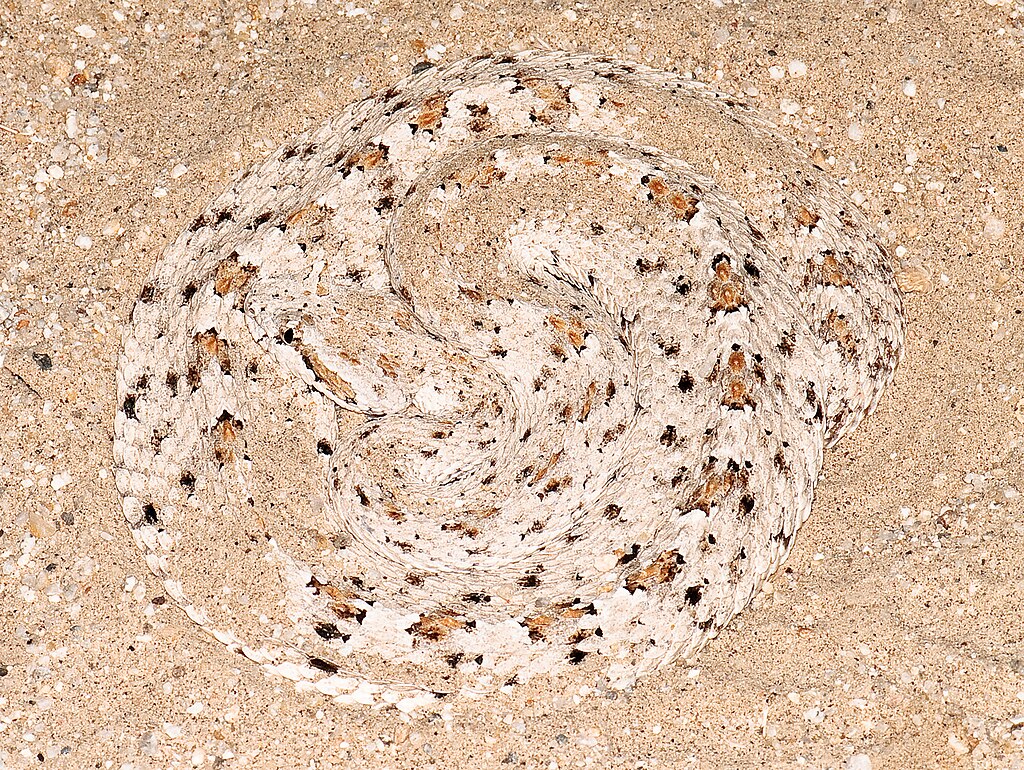
The magnitude of color change often correlates directly with the size of the meal consumed relative to the snake’s body mass. Snakes that have ingested particularly large prey items—sometimes weighing 20-30% of their own body weight—typically exhibit more dramatic color transformations than those that have consumed smaller meals. This relationship exists because larger meals demand more significant physiological adjustments, including greater blood flow redirection and more intense digestive hormone production. For example, a reticulated python that has consumed a pig or deer may display remarkably enhanced pattern definition and darkening compared to one that has eaten a smaller rabbit. This proportional response allows snakes to efficiently allocate resources based on digestive demands, optimizing their energy expenditure during the vulnerable post-feeding period.
Evolutionary Advantages
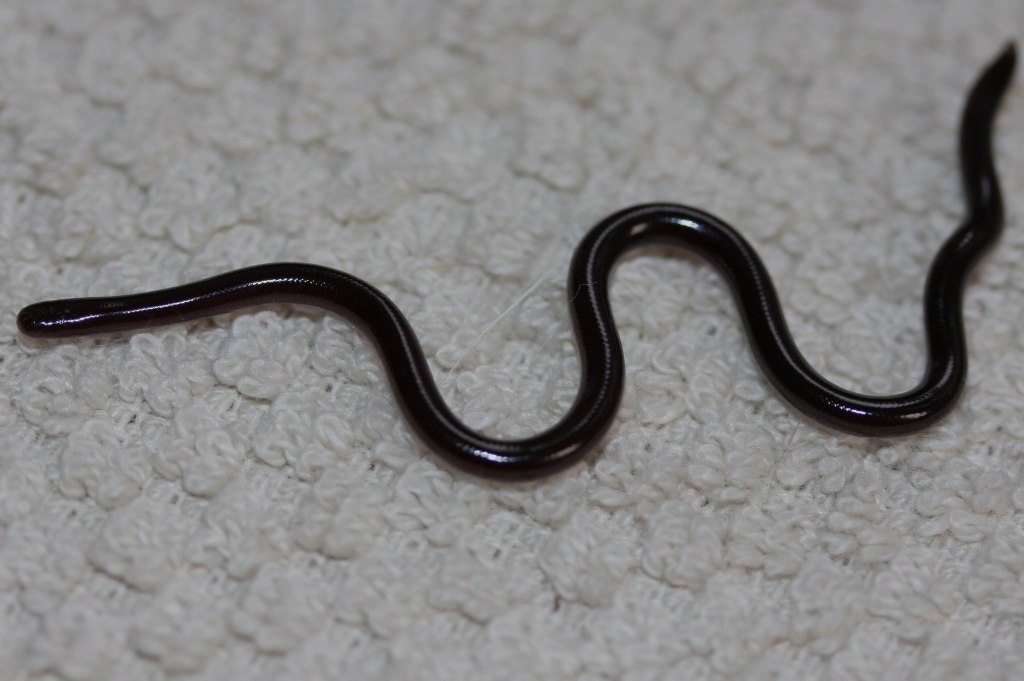
The ability of snakes to change coloration after feeding likely confers several evolutionary advantages that have been refined through natural selection. One primary benefit may be camouflage adaptation during the vulnerable digestion period when snakes are less mobile and more susceptible to predation. The darkened coloration might help them blend into shadows or dense vegetation while they digest. Additionally, the increased heat absorption efficiency provided by darker coloration accelerates digestion, allowing snakes to process meals faster and return to hunting condition more quickly. Some researchers hypothesize that these color changes might also signal territorial information to conspecifics, potentially communicating that the snake has recently fed and is not actively competing for prey. These multiple advantages demonstrate how post-meal color changes represent a sophisticated evolutionary adaptation rather than a mere side effect of digestion.
Implications for Captive Snake Care
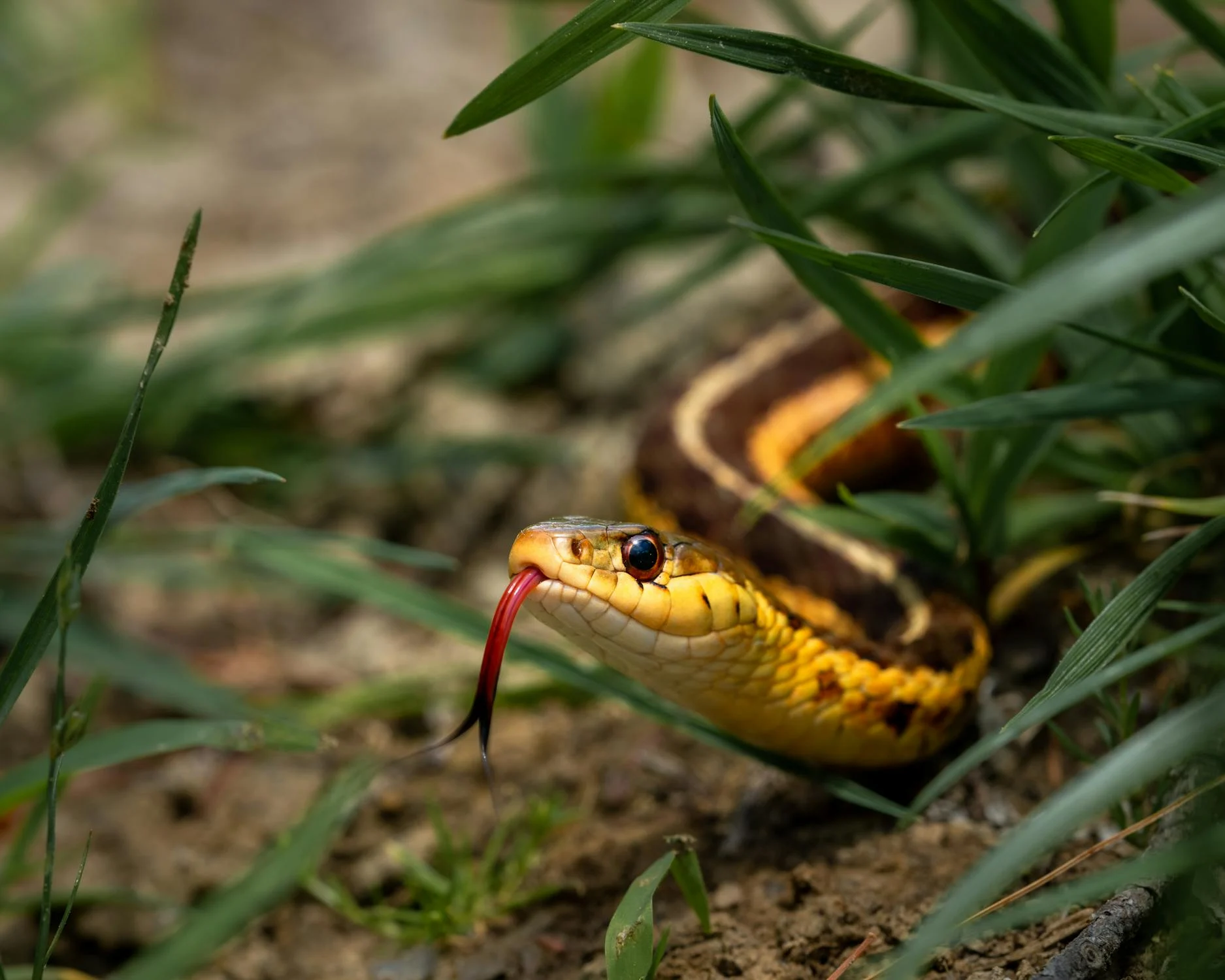
For snake keepers and breeders, understanding post-meal color changes provides valuable insights for optimal husbandry. Recognizing normal color variations after feeding helps distinguish between healthy digestive responses and potential health issues like scale rot or respiratory infections that might also cause coloration changes. Providing appropriate temperature gradients becomes especially important after feeding, as the snake’s darkened coloration increases heat absorption efficiency. Many experienced keepers adjust heating elements or basking opportunities during the digestive period to support the snake’s increased thermal needs. Additionally, being aware of these normal color fluctuations prevents unnecessary veterinary visits for what might otherwise be misinterpreted as concerning changes in appearance, saving both the snake from stress and the owner from unnecessary expenses.
Observation Methods for Researchers
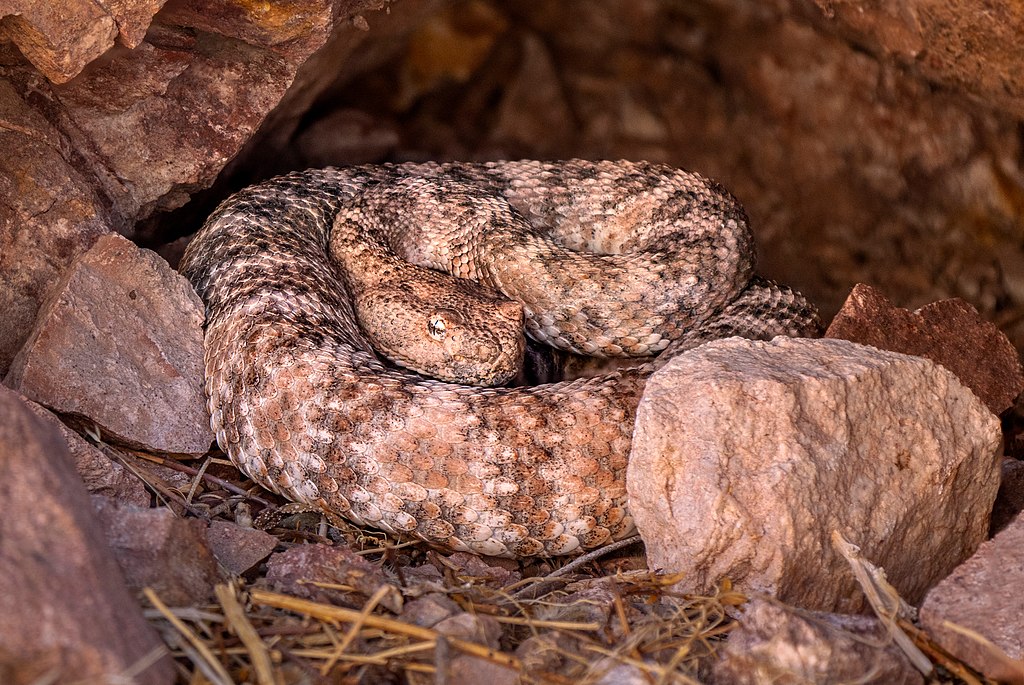
Herpetologists studying post-meal color changes employ various sophisticated techniques to document and analyze these variations objectively. Spectrophotometry allows researchers to measure precise wavelength reflectance from snake scales before and after feeding, providing quantifiable data about color shifts. Time-lapse photography under controlled lighting conditions captures the progression of changes throughout the digestive period, revealing patterns that might be missed through intermittent observation. Some studies use thermal imaging cameras to correlate color changes with body temperature fluctuations, demonstrating the thermoregulatory function of darkening. Advanced image analysis software can quantify pattern intensity changes by measuring contrast ratios between light and dark areas on the snake’s body, bringing mathematical precision to what was once largely subjective observation.
Comparison to Other Reptilian Color Changes
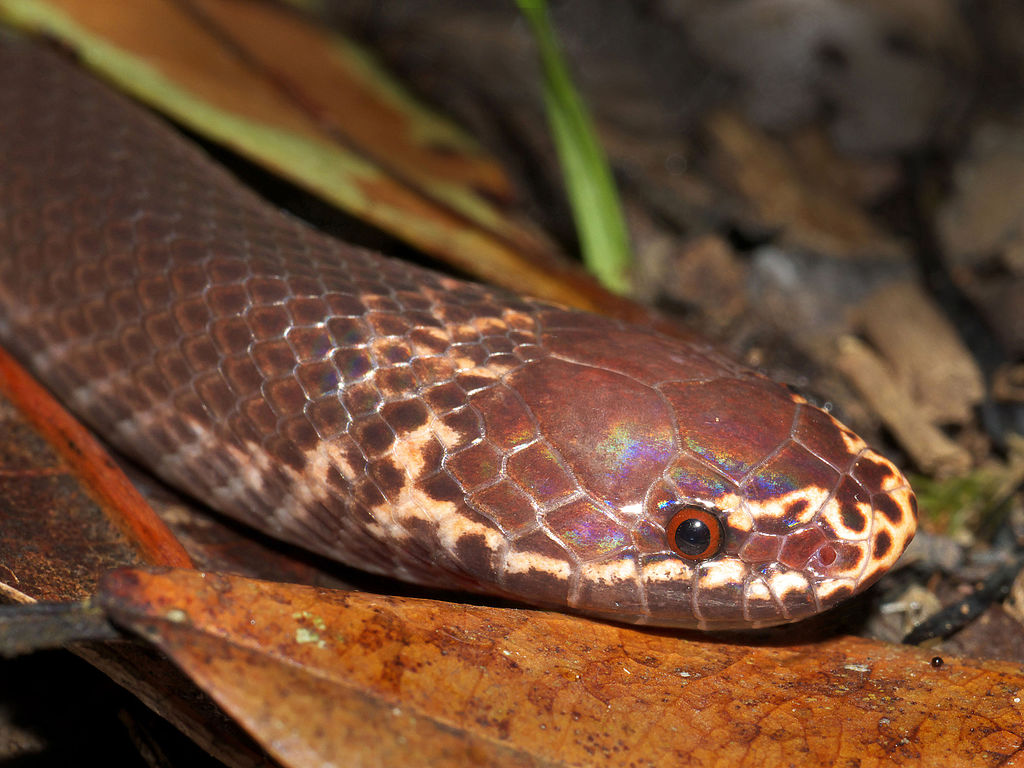
While snakes’ post-meal color changes are remarkable, they differ significantly from color-changing abilities in other reptiles. Unlike chameleons or anoles, which can rapidly alter their appearance through neurally controlled chromatophores for communication and camouflage, snakes’ feeding-related color changes are relatively slow and primarily physiologically driven. Bearded dragons also exhibit stress or temperature-related color changes, but these serve different functions than the digestive-linked changes in snakes. Certain turtles and tortoises display minor color variations based on diet and hydration status, but these lack the dramatic pattern enhancement seen in many snake species. These differences highlight the specialized nature of snakes’ post-feeding color alterations as adaptations specifically evolved to support their unique feeding ecology, which frequently involves consuming very large prey items relative to their body size.
Historical Documentation and Cultural Significance

Indigenous cultures with close connections to snake-inhabited environments have long observed and incorporated post-meal color changes into their natural knowledge systems and folklore. Among certain Amazonian tribes, the darkening of anacondas after consuming large prey featured in stories explaining seasonal flooding patterns and warning children about dangerous waterways. Early European naturalists documented these color changes in their field journals, though they often misattributed the cause to mood or aggression rather than digestive processes. Victorian-era snake collectors noted the “improved appearance” of their specimens after feeding, sometimes timing public exhibitions to coincide with this enhanced coloration period. These historical observations, while sometimes wrapped in misconception, demonstrate that humans have long been fascinated by the visual transformation snakes undergo after consuming substantial prey, integrating these observations into both scientific inquiry and cultural narratives.
Conclusion
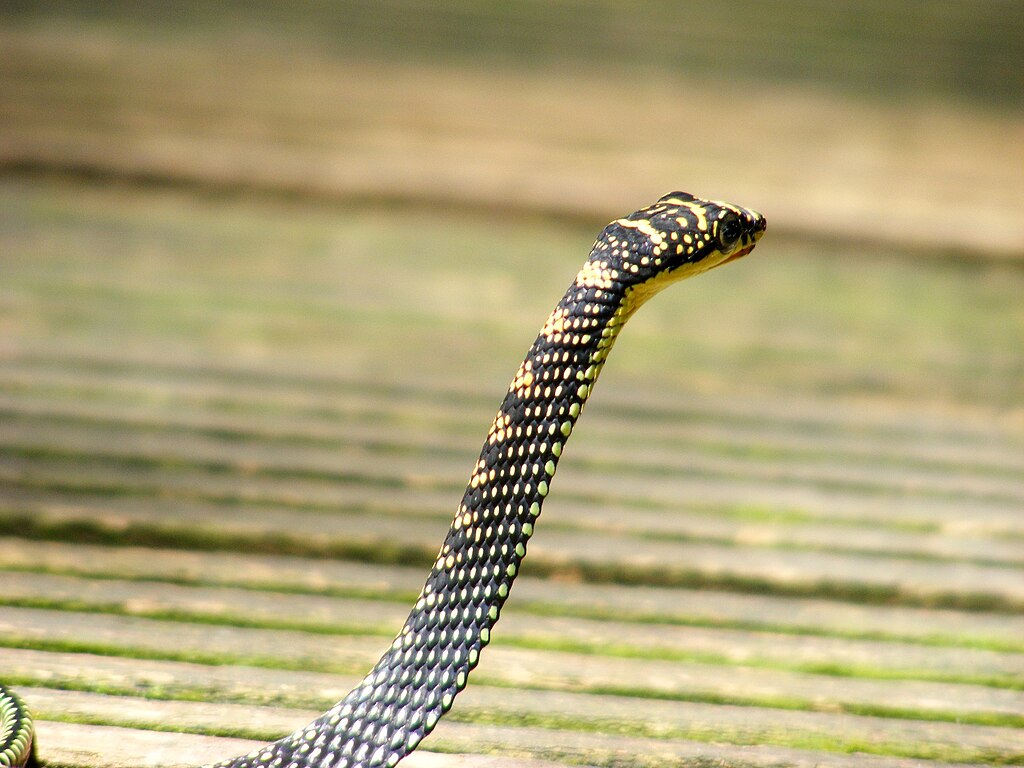
The fascinating color transformations that snakes undergo after consuming large meals represent much more than mere aesthetic changes. These shifts in coloration and pattern intensity reflect complex physiological processes that have evolved to support efficient digestion, thermoregulation, and predator avoidance during a vulnerable period. From the darkening effect that enhances heat absorption to the species-specific variations that reflect diverse ecological niches, these color changes provide a visible window into the remarkable adaptations that have allowed snakes to thrive as specialized predators. For researchers, wildlife enthusiasts, and snake keepers alike, understanding these changes offers valuable insights into snake biology and care requirements, demonstrating once again how even seemingly simple observations can reveal the intricate connections between form, function, and survival in the natural world.

